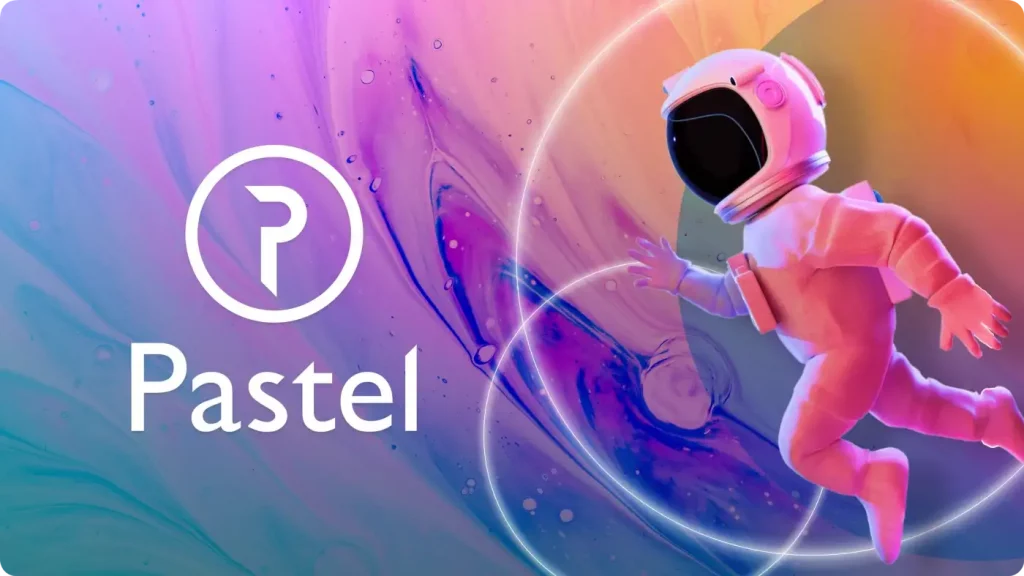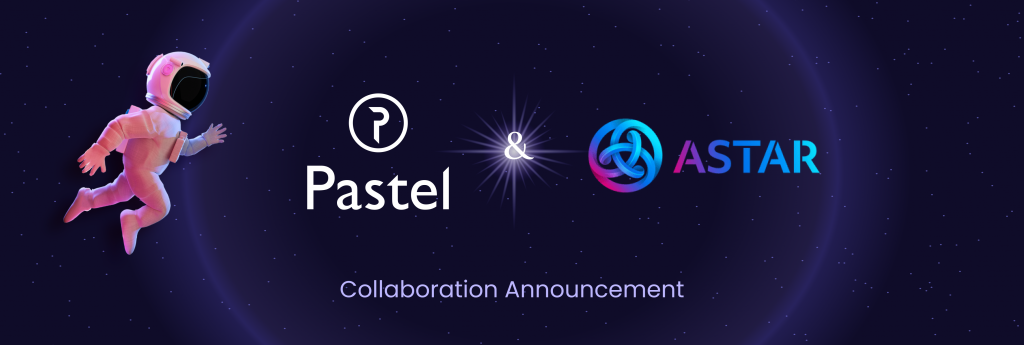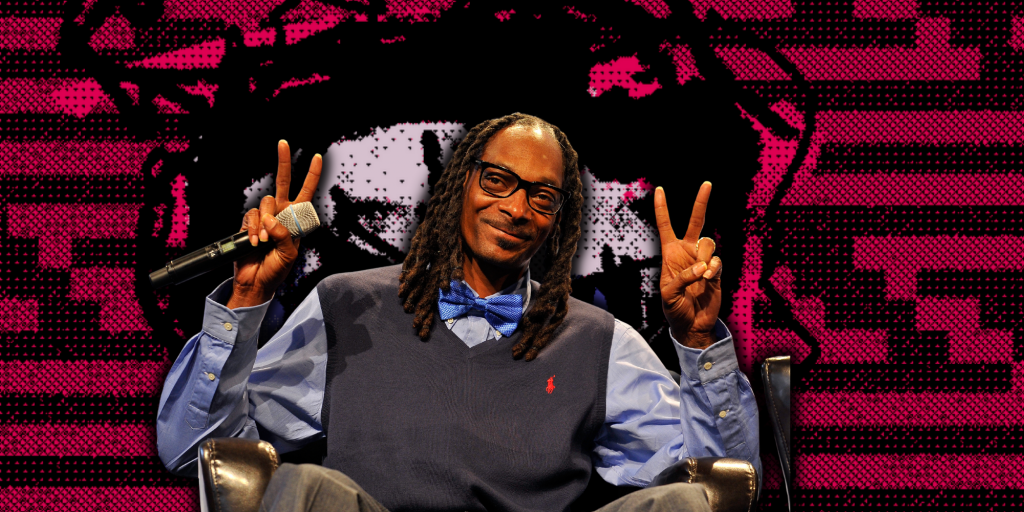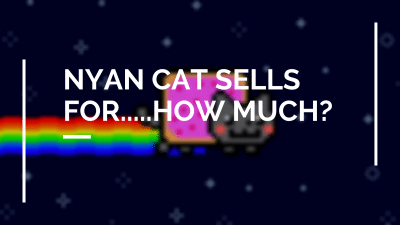2023 in Review & What’s to Come in 2024
In 2023, Pastel Network exhibited remarkable resilience and growth amidst challenging market conditions and regulatory uncertainties. This year signified major advancements in our technology and strategic partnerships, cementing our position in the evolving Web3 landscape. We concentrated our efforts on delivering our most substantial Mainnet upgrade to date and enhanced SmartMint’s functionality, establishing it as …




